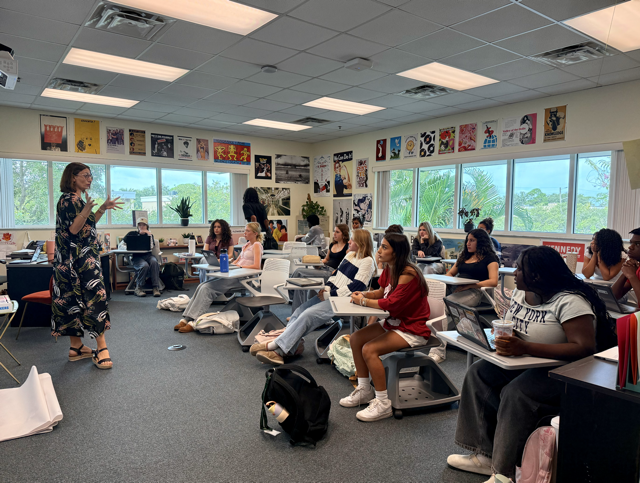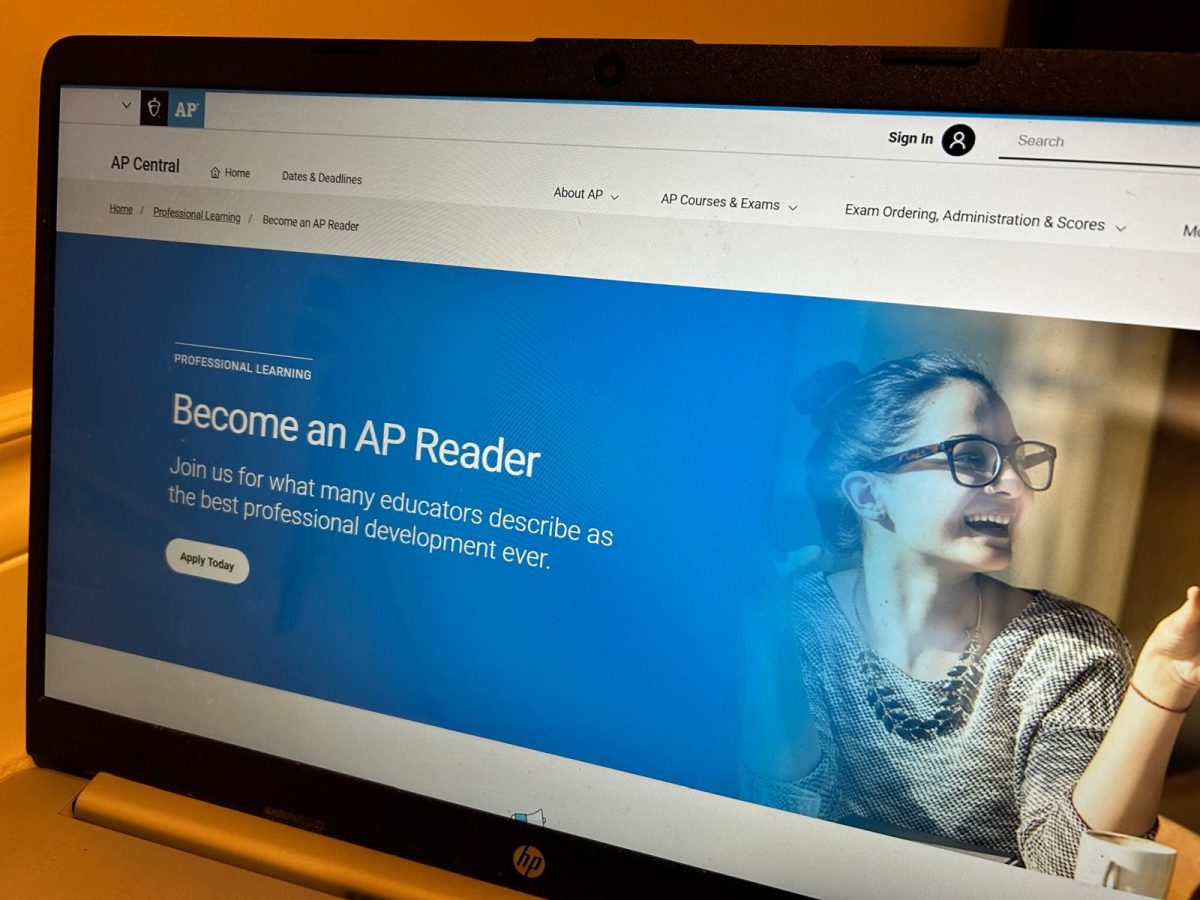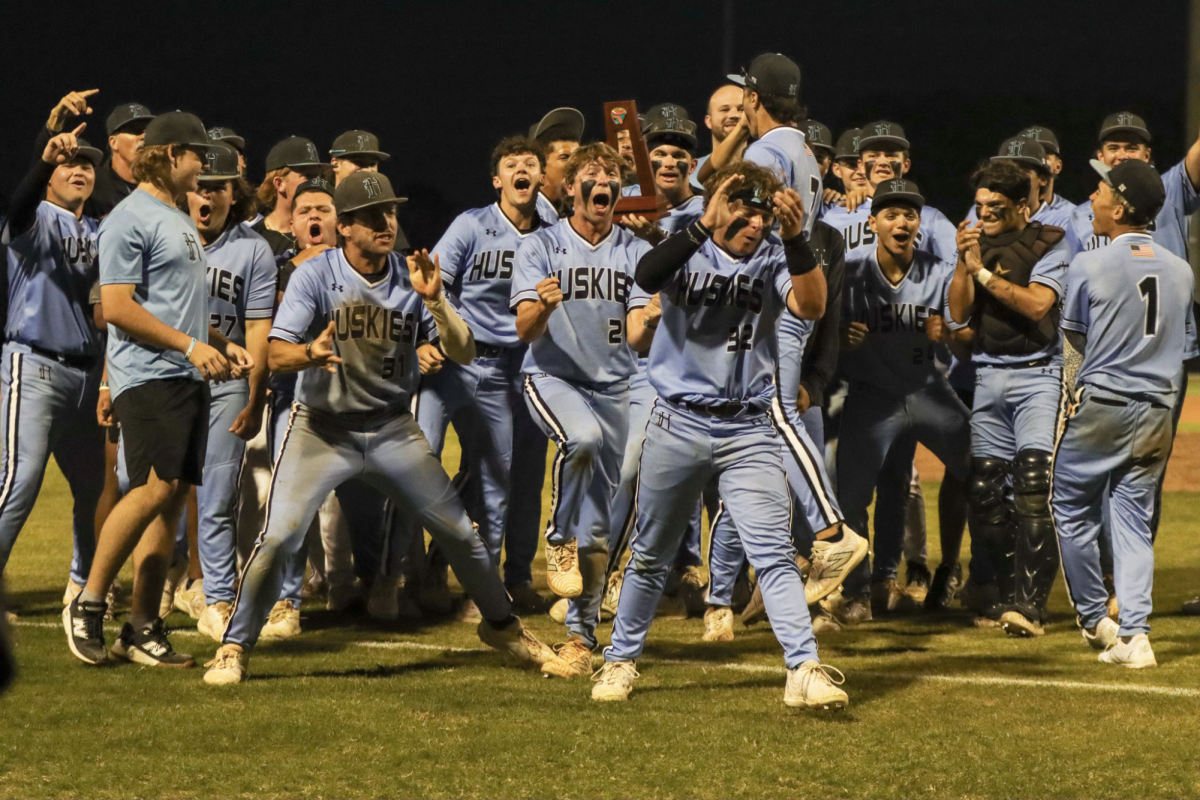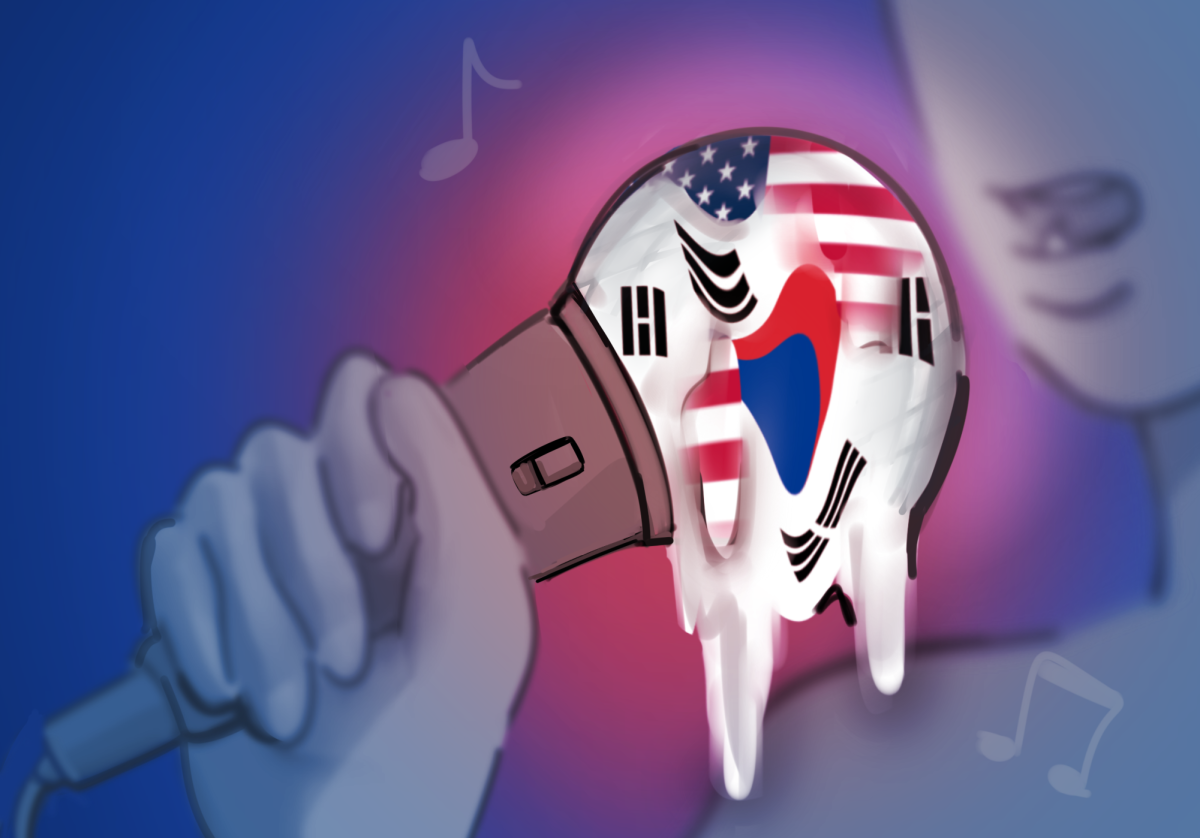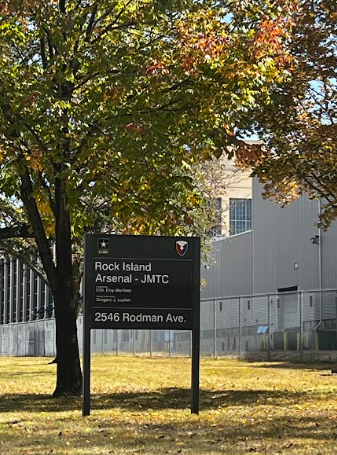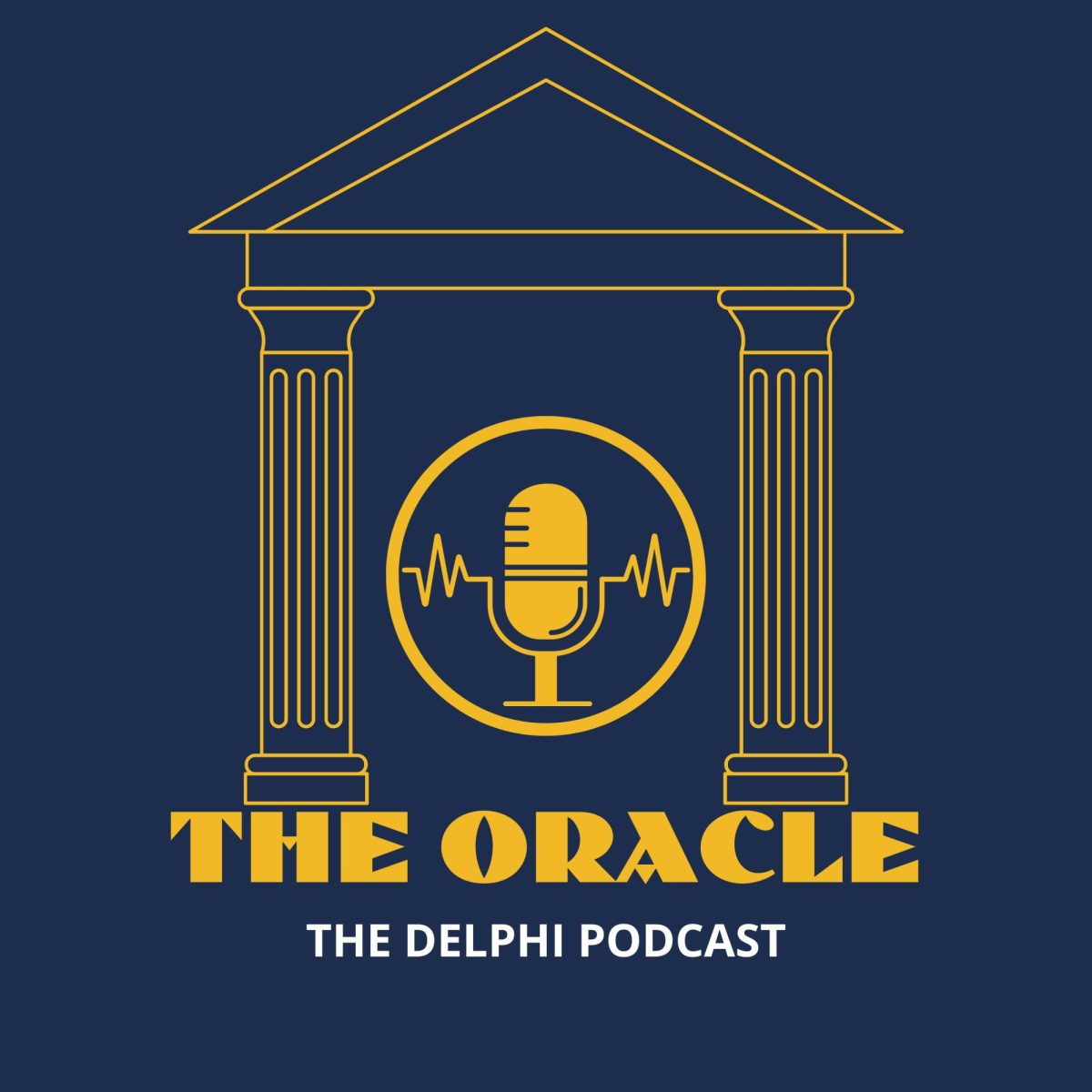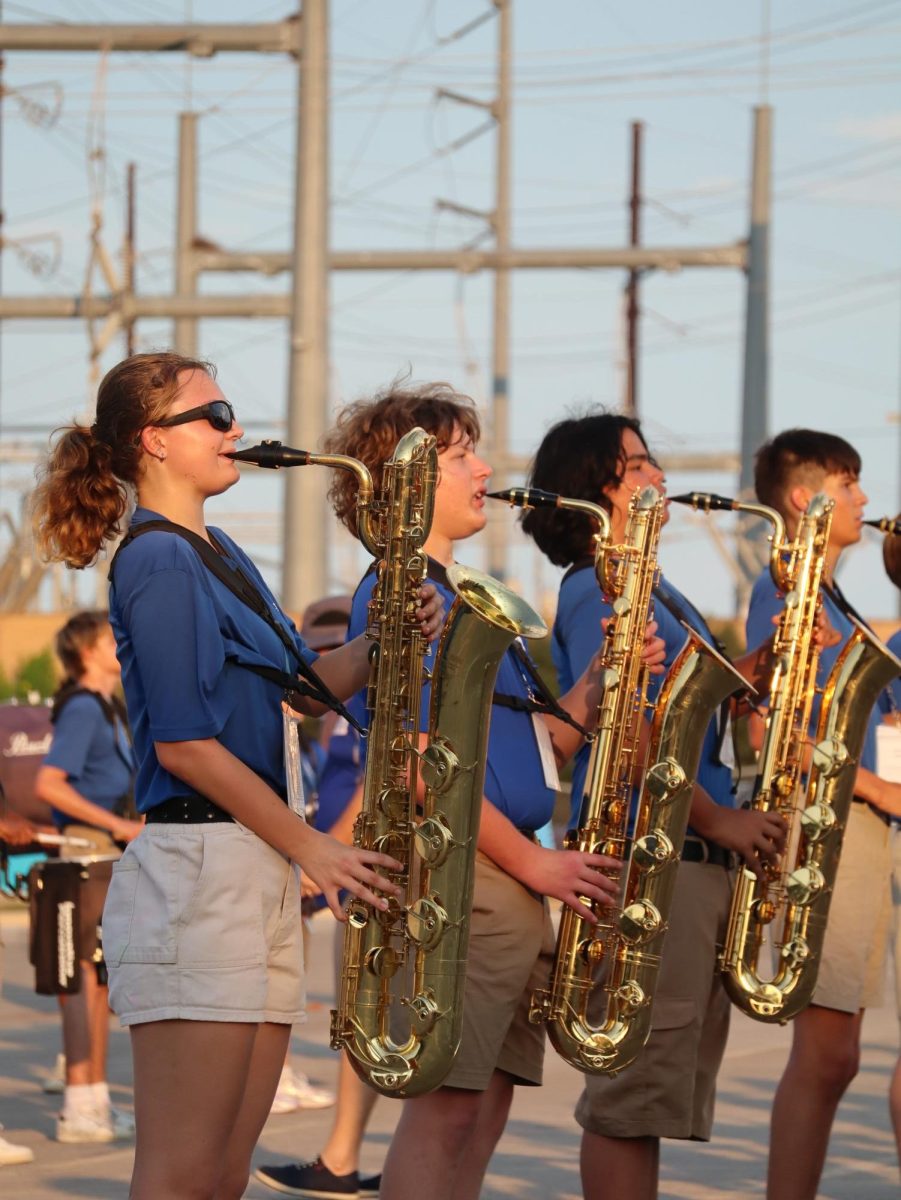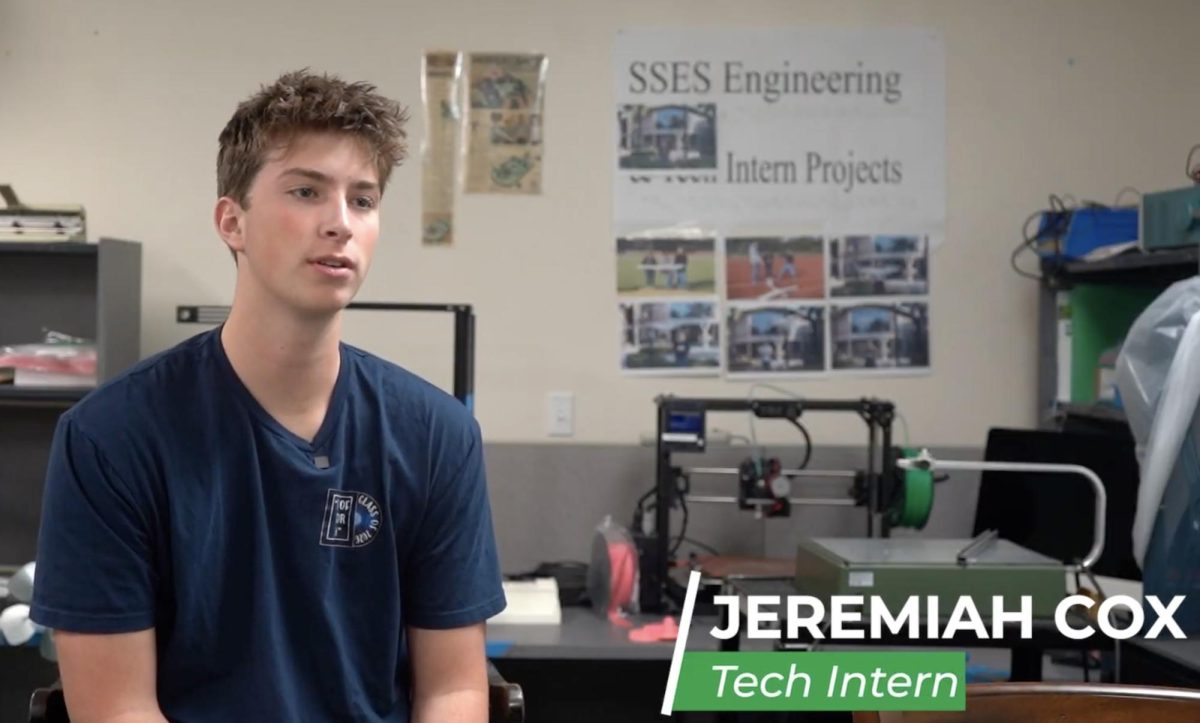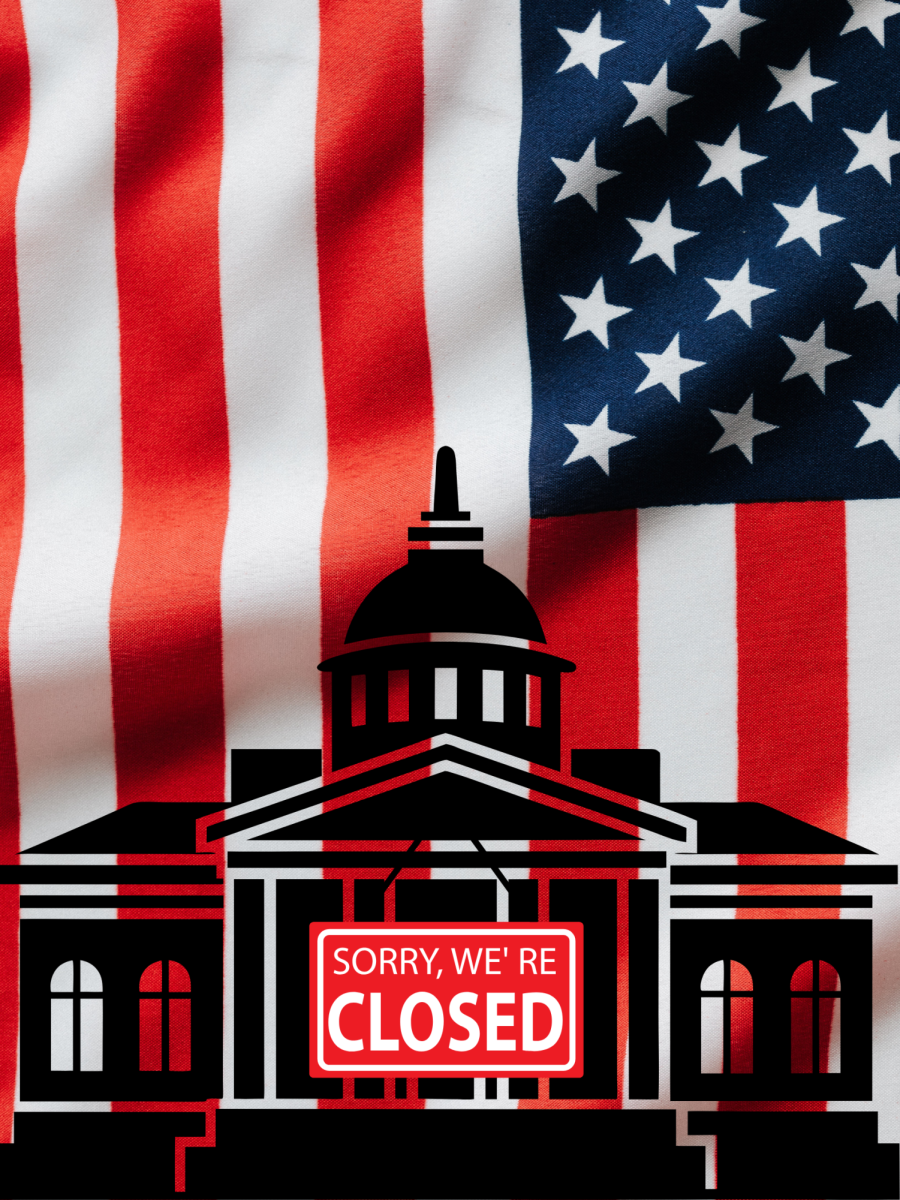The United States is ranked highly on many fronts, including the highest gross domestic product and most dominant military force. More recently, the U.S. has started to fall behind in education—specifically literacy. In the past 30 years, the U.S. has moved down ten spots in education.
COVID derailed education, but there were clear declines in students’ reading and math proficiency prior to the pandemic—the lowest fourth and eighth grade scores seen in decades in 2019. Startlingly, 54% of adults in the United States currently have below a 6th grade level of literacy, and it is possible this number will continue to increase.
Now, 43 states have implemented Common Core state standards, using standardized tests to evaluate the proficiency of students across the two core subjects: english and math.
In reality, Common Core Standards are doing students and teachers a disservice as they push teaching to a test rather than focusing on the understanding of the topics they’re learning and their applications to the real world.
The new push for test scores and their impact on school funding prioritizes keeping students on the same learning path rather than realizing problems at hand. More recent studies show that by the fourth grade students are already a year behind in reading abilities. Disproportionately, only 17% of Black students, 21% of Latino students and 11% of students with disabilities are proficient in reading by grade four, compared to the average of 43%.
Iowa Governor Kim Reynolds’ attacks on the area education agencies only worsen educational opportunities for special education students in Iowa. As of Reynolds’ recent amendment, school districts have the choice of whether or not they will continue to use the AEA services.
The AEA provides necessary care for students with special needs, including providing assistive technologies, services for deaf, blind, and speech impaired students and social services.
English teacher Jenni Levora noted the impact current attacks and possible future attacks on education have on private school students and may have on her special education students. “Students needing special ed services could be at a serious disadvantage, and this is already a growing problem, as private schools in many states do not have to provide special education—and there has been a movement in many states to use public money to support private schools,” voiced Levora.
Technology is also in part to blame for the lack of reading comprehension amongst students. A reader looks at a web page for an average of 18 seconds, which can reduce the brain’s ability to slow down, necessary to comprehend longer texts.
The same harm is clear in the lack of writing abilities of students. As artificial intelligence technologies increase in use, students may view it as a substitute for writing their own reports. As students turn to Chat GPT and other artificial intelligence writing assistants, it can lead to a greater struggle for students already struggling to write.
Senior Lily Patramanis noted the spike in use of artificial intelligence like Chat GPT in schools. “AI has been a very helpful tool in our daily lives, but it has become a large problem for English learning. When I write essays for classes, I occasionally use AI to help come up with a title or to rephrase a sentence, but a lot of people use it to write entire essays and pass it along as their own work. Overusing AI causes students to not obtain the knowledge gained by reading and writing,” Patramanis noted.
Technology is not the only source to blame for this change in proficiency. Certain school curriculums and the absentee crisis in the U.S. are grave problems.
Post-Covid, the U.S. has yet to return to normal attendance. Prior to the pandemic, 15% of students were reported to have chronic absenteeism; now the number is 11% higher, with 26% of students chronically absent. Students are unable to achieve proficiency in school if they are not present.
Students with chronic absenteeism frequently cite reasons like taking care of family members, the school environment and health factors.
Most strikingly, absenteeism is two to three times greater for students who live in poverty. The disadvantages students in poverty face can carry on throughout their lives, making the Department of Education essential to their future through affordability efforts and funding for underserved learners.
With the use of curriculum like College Board’s, students will focus on comprehension of short passages. Students prepare to pass a test rather than focus on deeply understanding the material–often the base of learning necessary for college students.
Levora believes a minimized use of shorter reading passages is permissible, but curriculum focused on short passages pose a disadvantage to students. “Immersive reading experiences are much more valuable in building lifelong readers, thinkers, and learners than close-reading of passages. Reading whole novels also increases reading stamina and thinking stamina,” said Levora.
President-elect Donald J. Trump has drawn attention to poor performance of U.S students in reading, math and sciences as compared to their global peers. He has used the data as evidence the Department of Education is not fulfilling its duty.
In order to solve America’s educational regression, Trump had preached sweeping reform to the education system. However, his idea of reform involves removing vital resources that many young students, teachers and parents rely on.
During his campaign trail, Trump promised to eliminate the Department of Education, a cabinet-level agency since the 1980s. The DOE, established by President Jimmy Carter, provides critical resources for students and teachers across the nation.
The DOE provides federal aid through their financial programs. Including Title I funding for low-achieving or high poverty K-12 schools, regulating student loan relief through the Public Service Loan forgiveness programs as well as providing Pell Grants for undergraduate students with high financial need.
Nationwide, 34% of undergraduate students receive a Pell Grant to aid them in their postsecondary education. About 43% of American public schools qualify for Title I funding and 49,229 currently benefit from the program. A total of 441, 234 American students had their loans relieved in part or in full prior to 2021 through the Public Service Loan forgiveness program provided by the DOE.
Trump has criticized the Department of Education, describing it as an example of invasive government oversight into the daily lives of Americans, and even has gone as far as suggesting it has been a wasteful investment for U.S. taxpayers.
“As I say at the beginning of each school board meeting, our mission at PV is to provide the finest academic and extracurricular programs in the state, not in some things but in all things, not for some students but for ALL students. I am afraid that with the closure of the DOE, fulfilling this mission will become even more challenging without the support of the federal government for our most vulnerable student population,” expressed school board president Dr. Wagle.
In a campaign video released in 2023, Trump claimed the DOE is riddled with people “who in many cases hate our children” and continued by saying, “We want states to run the education of our children, because they’ll do a much better job of it. You can’t do worse.”
Although claiming to leave education policy up to the states, Trump has specifically outlined plans to further restrict classroom content based on guidelines executed on the federal level.
The president-elect has called for the dismantling of diversity initiatives in public education as well as federal funding cuts for schools that teach critical race theory, gender ideology, “or other inappropriate racial, sexual or political content.”
Republican-supported legislation across the United States has aimed to limit these topics. However, their efforts have been criticized for being vague and leading to censorship in schools and topics concerning race, gender and politics.
Rhetoric against school content concerning gender, race, sex and more are closely related with the removal of over 10,000 books from school library shelves during the 2023-24 school year.
The 2023-24 school year recorded the highest amount of book bans and highest number of unique title bans. Florida and Iowa recorded the highest number of bans with over 4500 book bans in Florida and over 3600 in Iowa.
Trump’s campaign has also outlined a plan to integrate Christianity into American public schools by featuring a daily prayer led by staff. He has also outlined an expansion in patriotism as the centerpiece of education in hopes to promote the “American Way of Life.”
The successful removal of the DOE would make this integration possible. “The DOE ensures that public schools respect the religious freedoms of students, such as accommodating religious practices and preventing religious discrimination. In the absence of the DOE, it might be more difficult for students to have their religious needs properly accommodated,” explained Wagle.
As President-elect Donald Trump advocates for the elimination of the Department of Education, the debate over the future of U.S. education intensifies. With rising book bans, lower literacy rates, curriculum restrictions and calls for religious integration in schools, Trump’s proposed reforms raise concerns about the future of academic freedom.
This story was originally published on Spartan Shield on November 22, 2024.




